Design agency Layer creates the industrial form and visual identity of US hydrogen pioneer Croft
US start-up Croft wants to reshape the hydrogen economy, with London-based experience design agency Layer giving it a robust contemporary aesthetic
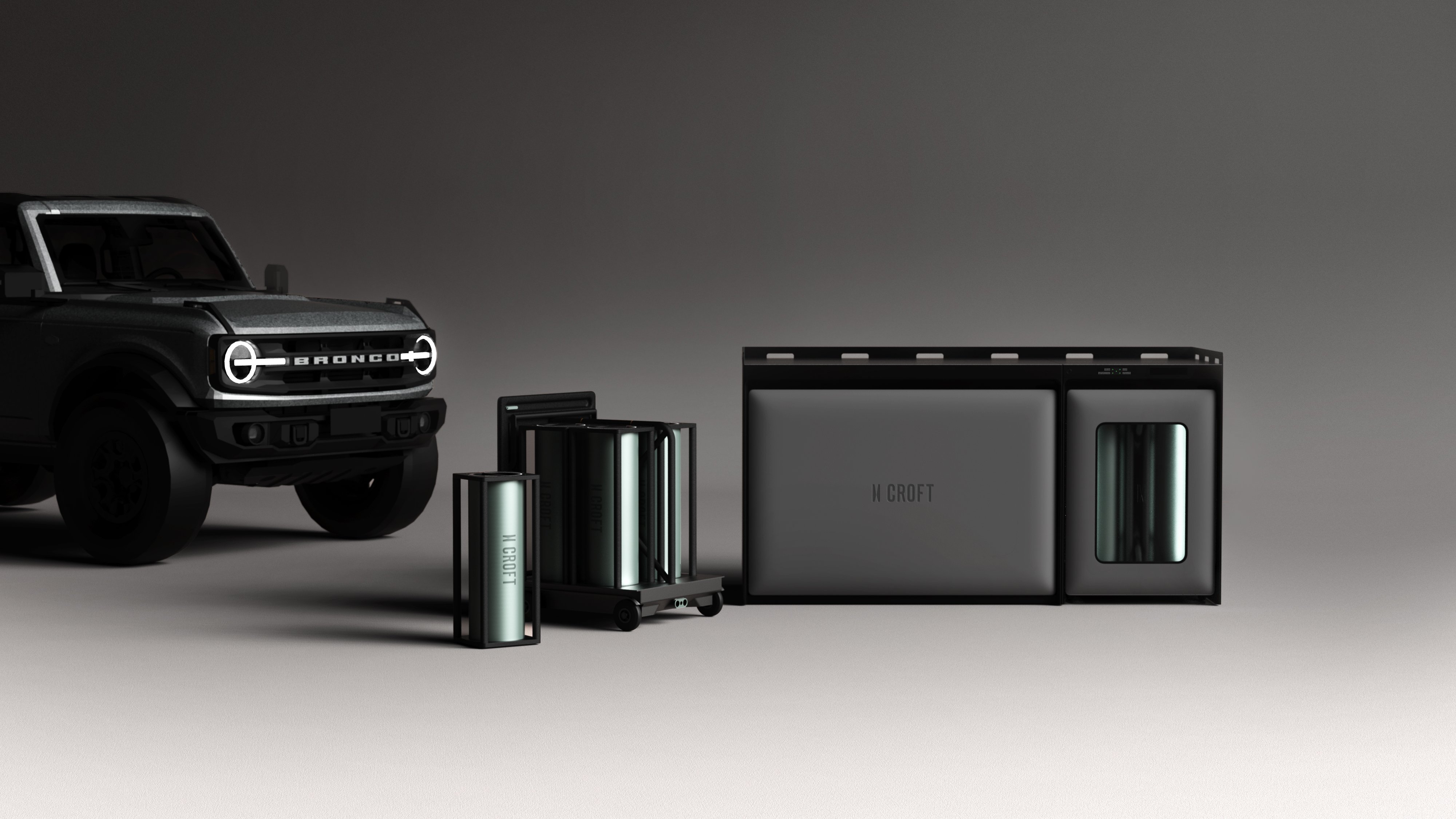
The jury is still out on the economic and environmental potential of hydrogen power for everyday consumers. Whilst the science is clear-cut – the only by-product of burning hydrogen is water vapour and heat, making it seemingly ideal for powering combustion-engined vehicles – the tricky bits are infrastructure and resources.
Croft’s hydrogen storage technology
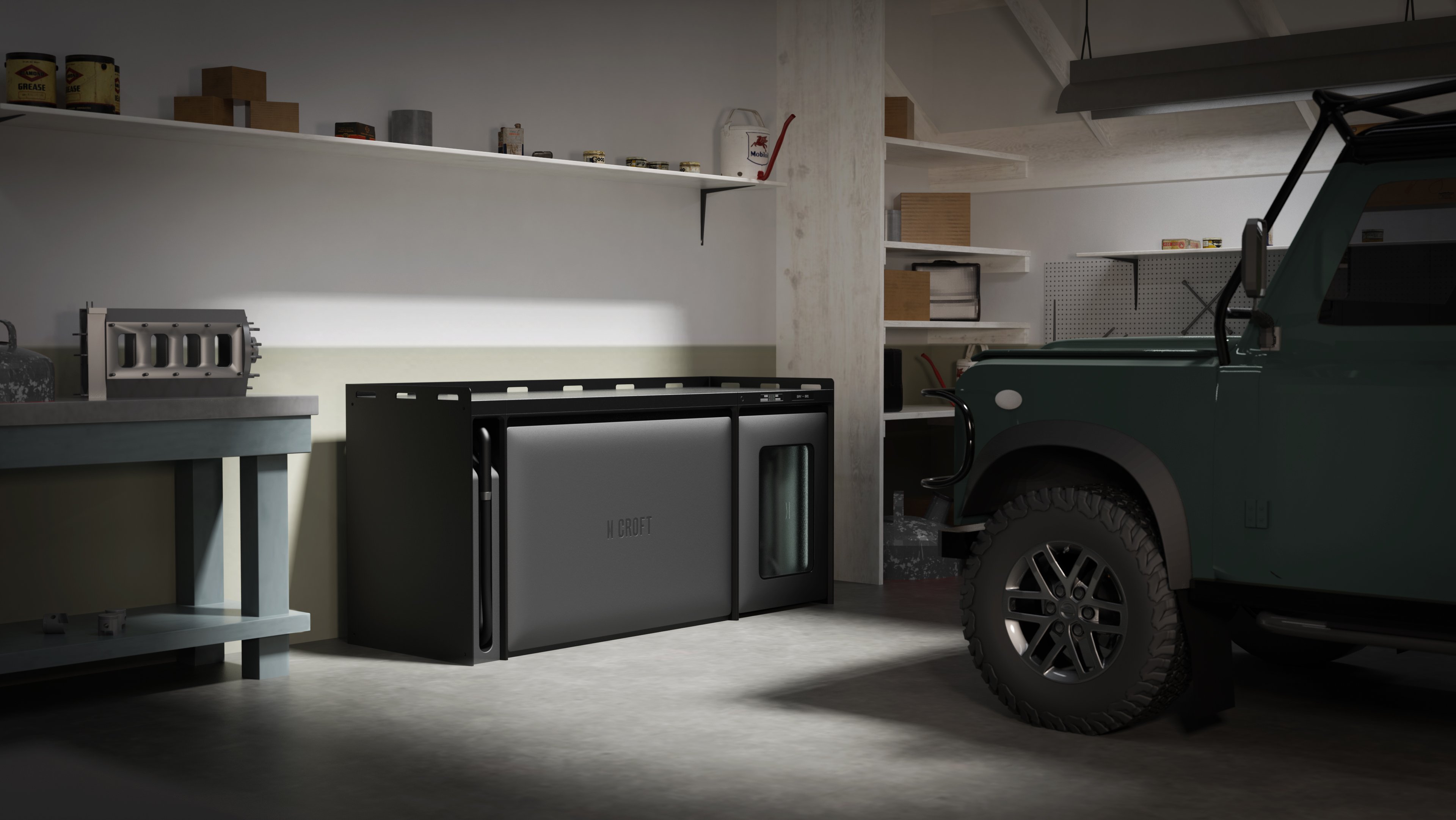
Croft’s concept is shaped by its solid-state, low-pressure hydrogen storage technology, a way of reducing the costs and complexity of generating and storing the hydrogen to cut out what it calls the ‘infrastructure gap’. To simplify and streamline this complex process, Croft turned to Benjamin Hubert’s agency, Layer, to not only brand the company but shape the industrial design for its technology.
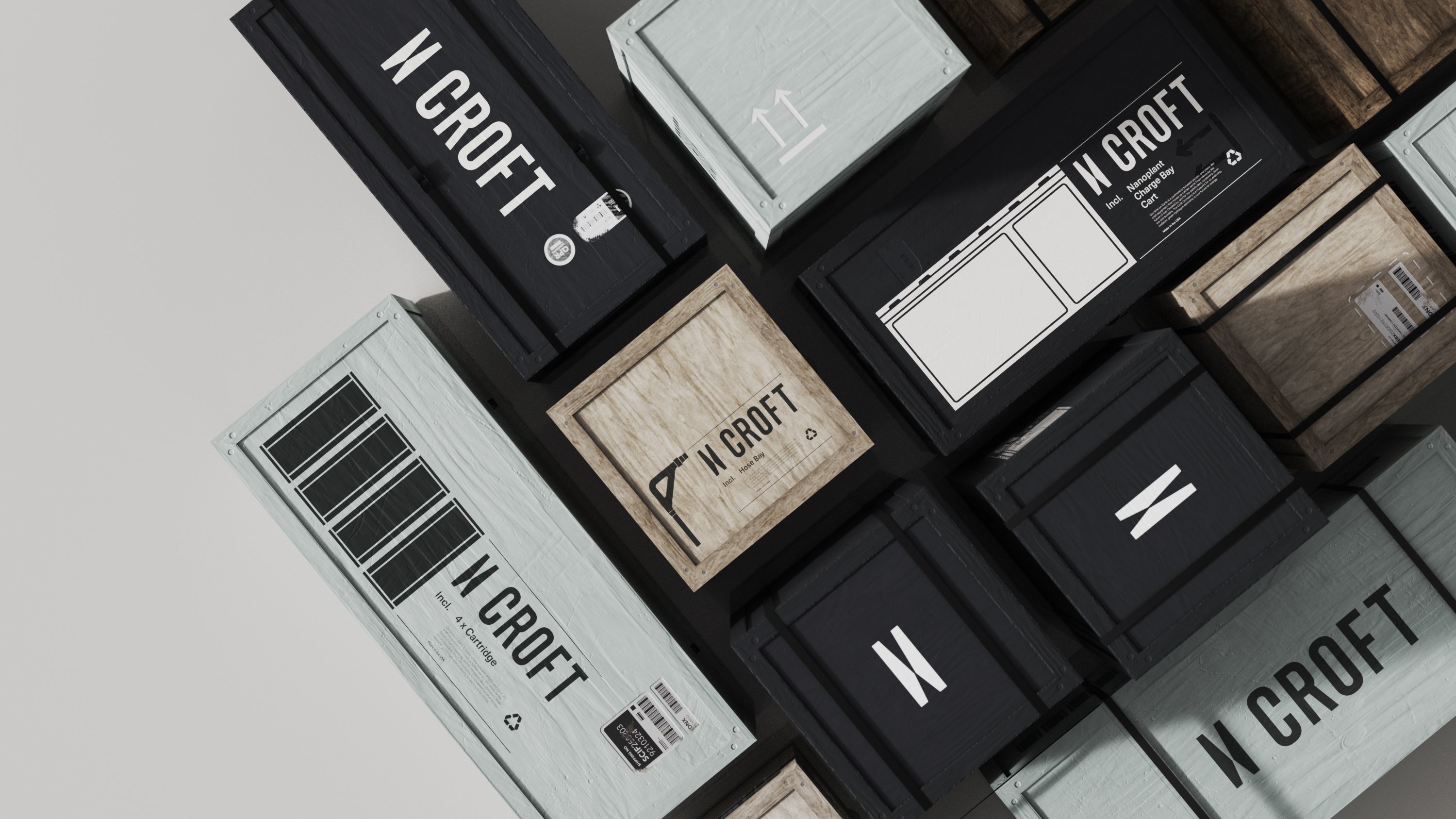
The core component of the Croft approach is the Nanocartridge, a compact container for storing hydrogen that can be recharged in a Nanoplant, a domestic device about the size of a large chest freezer. The idea is that the cartridges are primed in the plant, then transferred to onboard storage, with a specially developed hose module used to top up the vehicle’s fuel tank.
Layer’s all-encompassing design approach
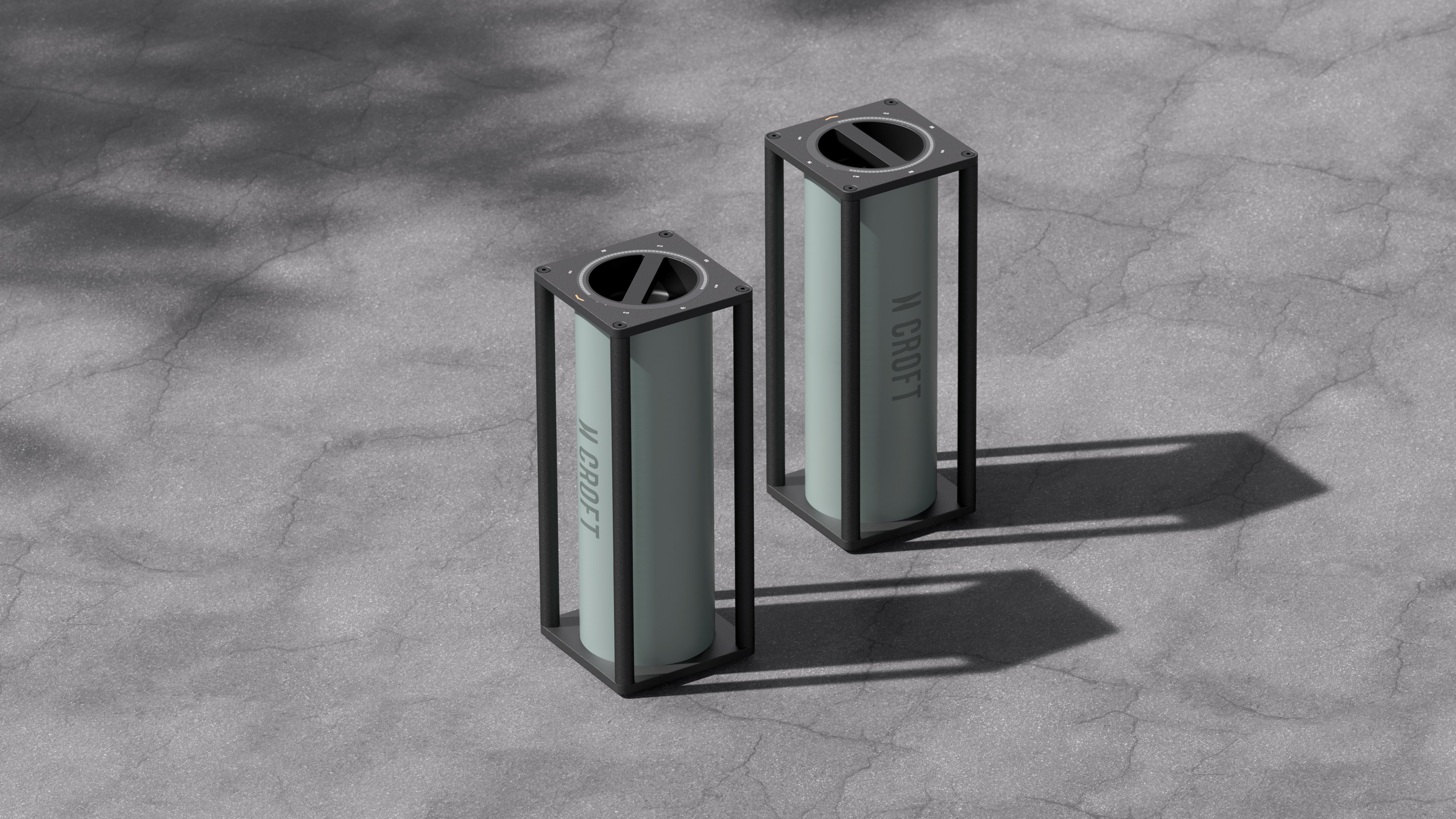
Layer has also created the brandmark, wordmark, and colour, material and finish strategy, along with Croft’s tone of voice and packaging design. This all-encompassing project has imbued the start-up with a tough visual language that implies endurance, high technology and self-sufficiency. The final brandmark takes the form of an abstracted ‘H’, the emblematic symbol for a hydrogen future.
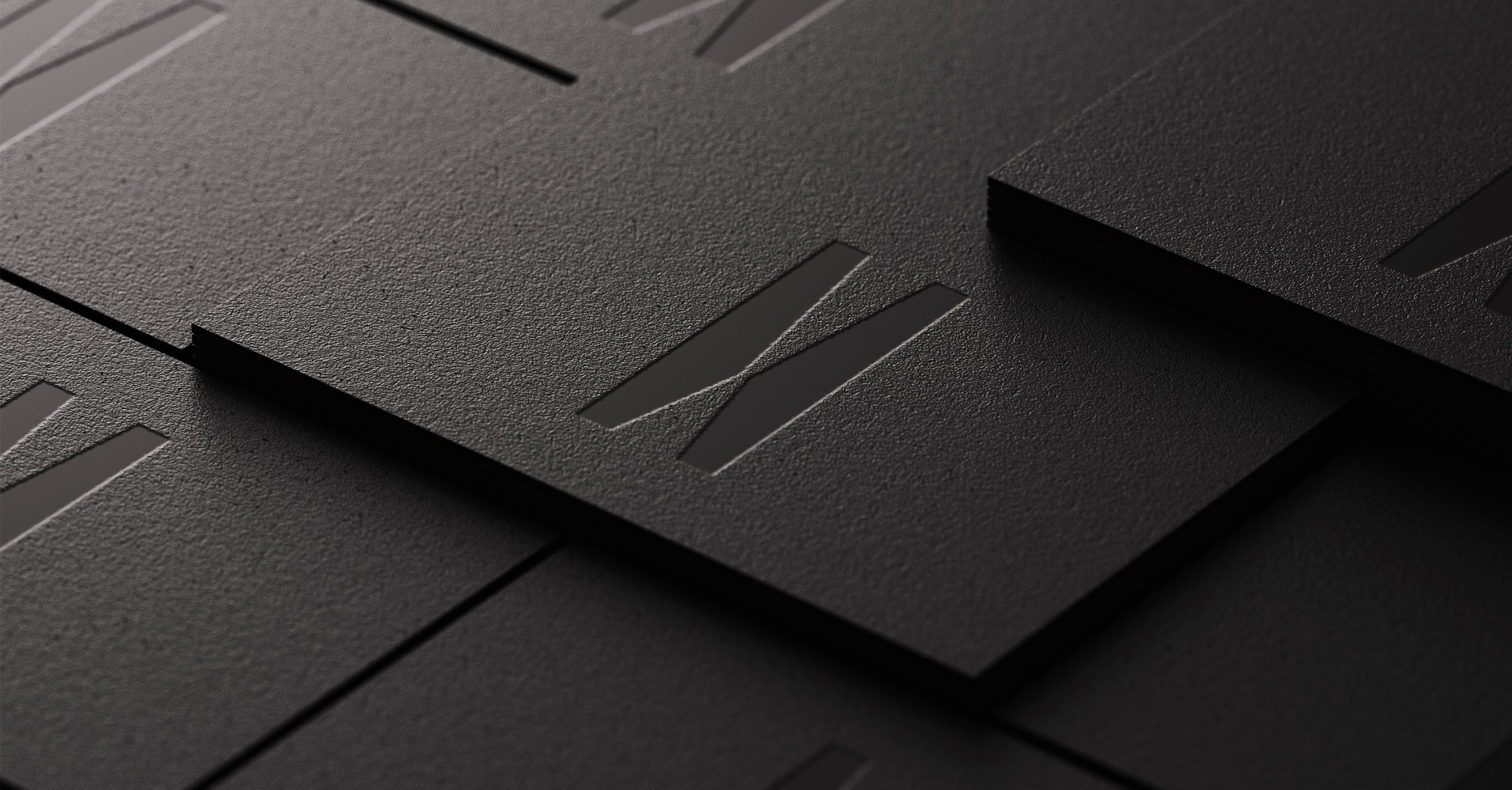
‘Working with Croft has allowed us to flex our design, engineering, and branding teams to create a holistic system that has the potential to fundamentally improve the way people travel and consume energy,’ says Hubert. The intention is for Croft to supply hydrogen generation to owners of retrofitted vehicles, be they SUVs or light trucks, with the cartridge system used to massively increase their range and functionality.

The Nanocartridge contain 0.66kg of hydrogen, weighing in at between 14-16kg. Designed to be robust and hard-wearing, the cartridges stack for easy storage. Up to four cartridges can be charged in a Nanoplant. The whole ensemble has been deliberately styled to appeal to the self-sufficient, resourceful technologist, right down to the black and grey colour palette with splashes of industrial yellow and blue. If hydrogen ever makes the leap from niche to mainstream, it’ll be thanks to systems like Croft’s that accelerated the take-up.
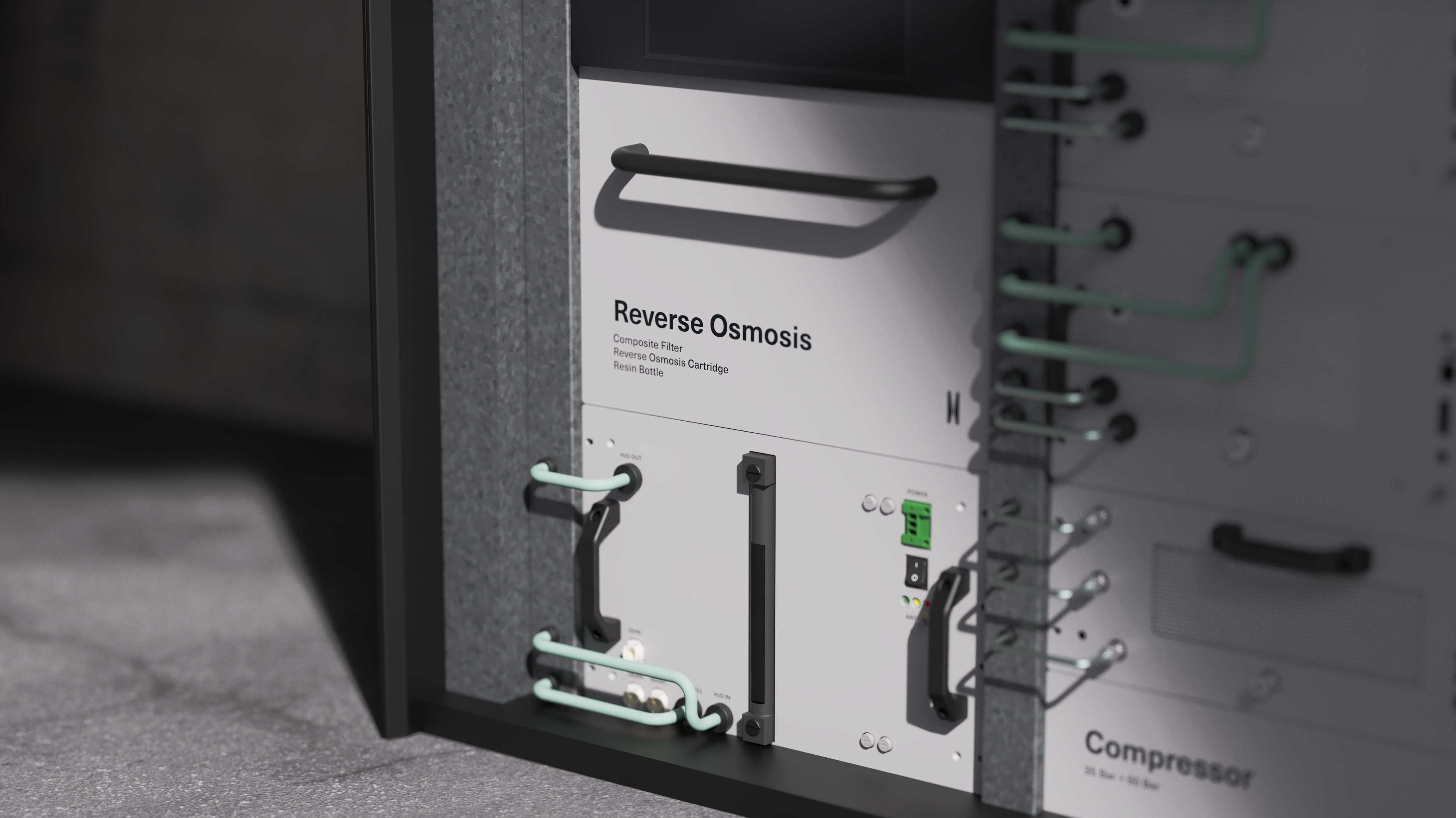
Receive our daily digest of inspiration, escapism and design stories from around the world direct to your inbox.
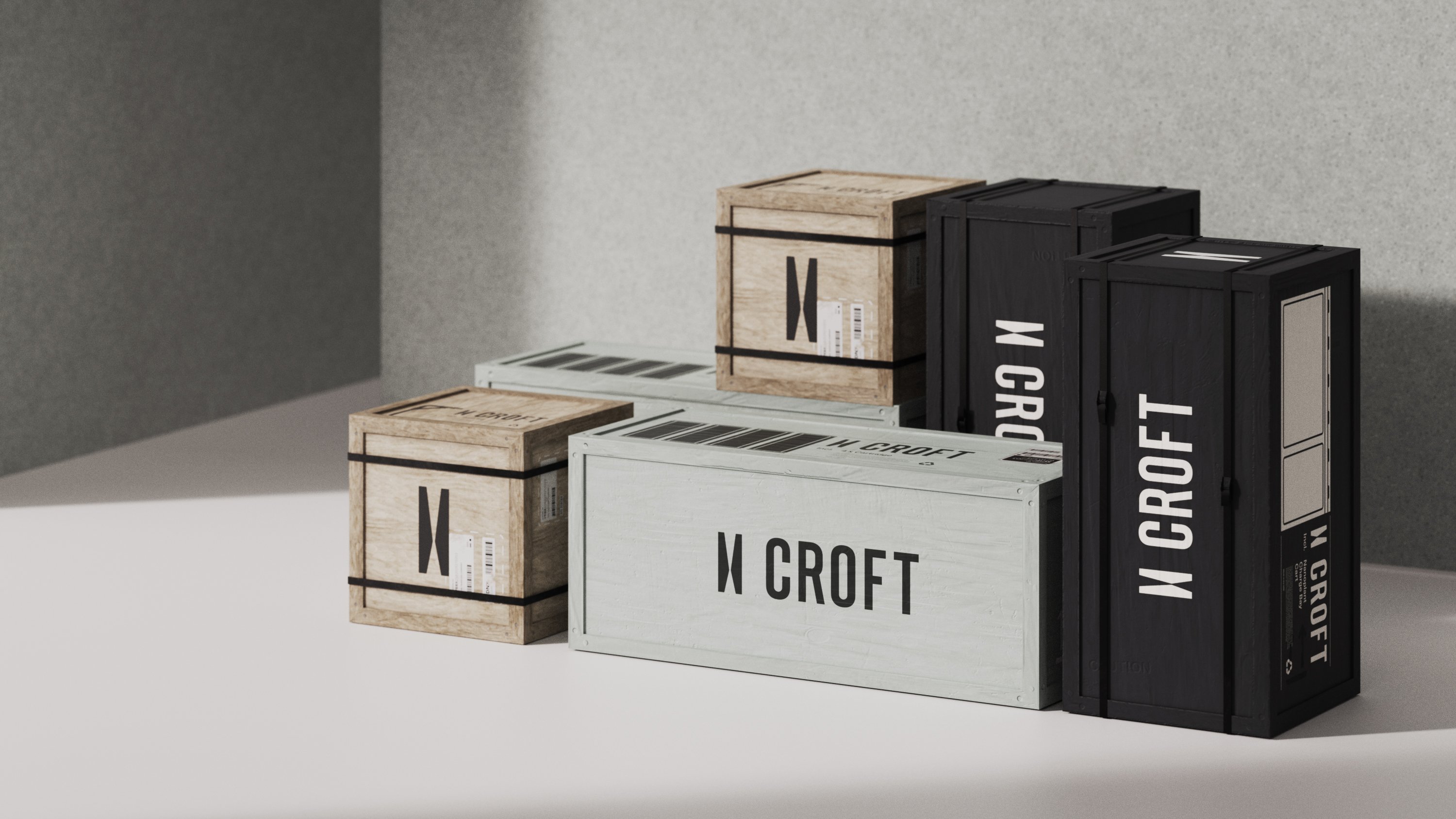
Jonathan Bell has written for Wallpaper* magazine since 1999, covering everything from architecture and transport design to books, tech and graphic design. He is now the magazine’s Transport and Technology Editor. Jonathan has written and edited 15 books, including Concept Car Design, 21st Century House, and The New Modern House. He is also the host of Wallpaper’s first podcast.
-
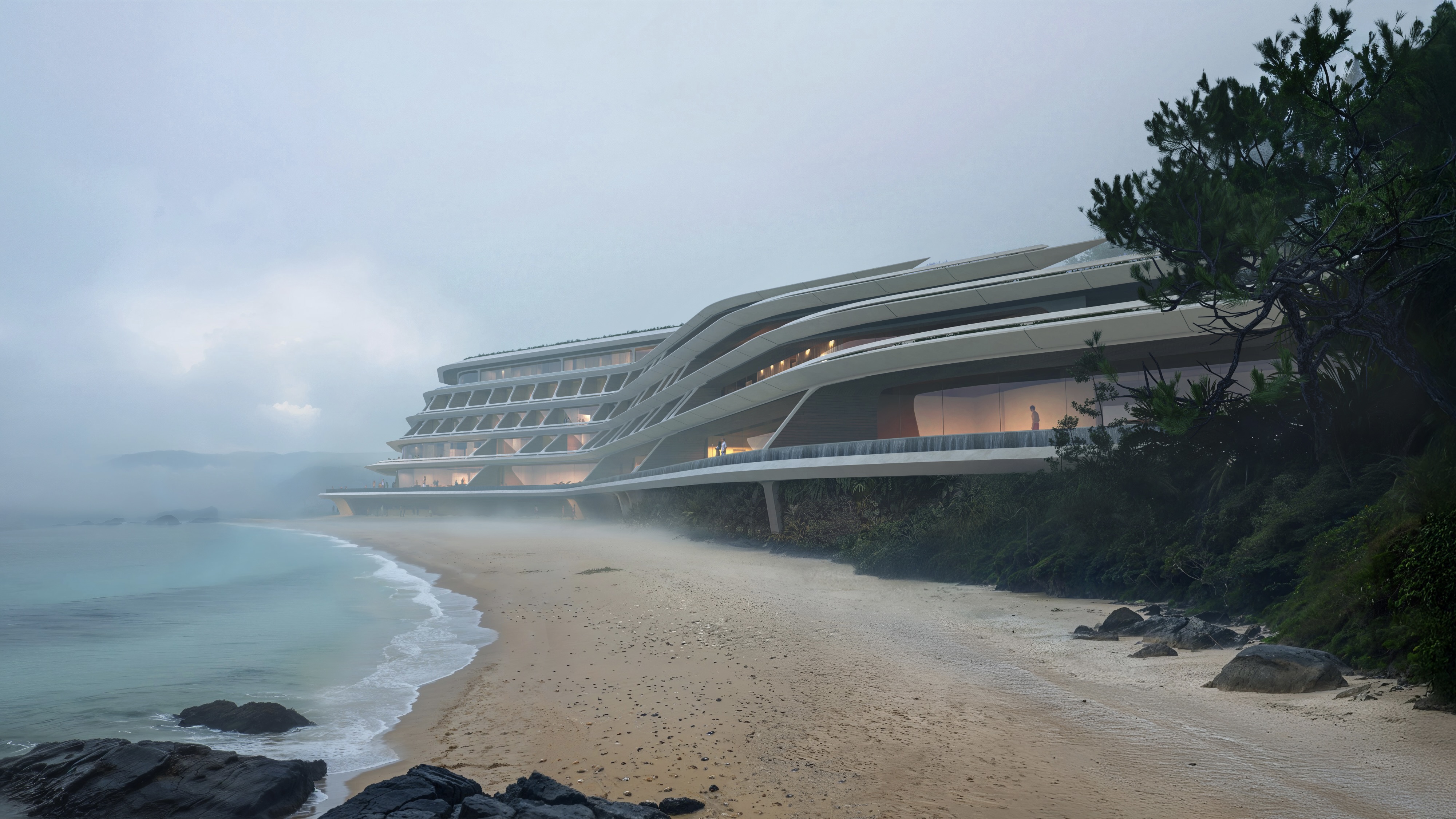 Curvilinear futurism meets subtropical beaches at Not A Hotel’s ZHA-designed Okinawa retreat
Curvilinear futurism meets subtropical beaches at Not A Hotel’s ZHA-designed Okinawa retreatZaha Hadid Architects has revealed the design for the first property in Not A Hotel’s futuristic new Vertex collection, coming soon to southern Japan
-
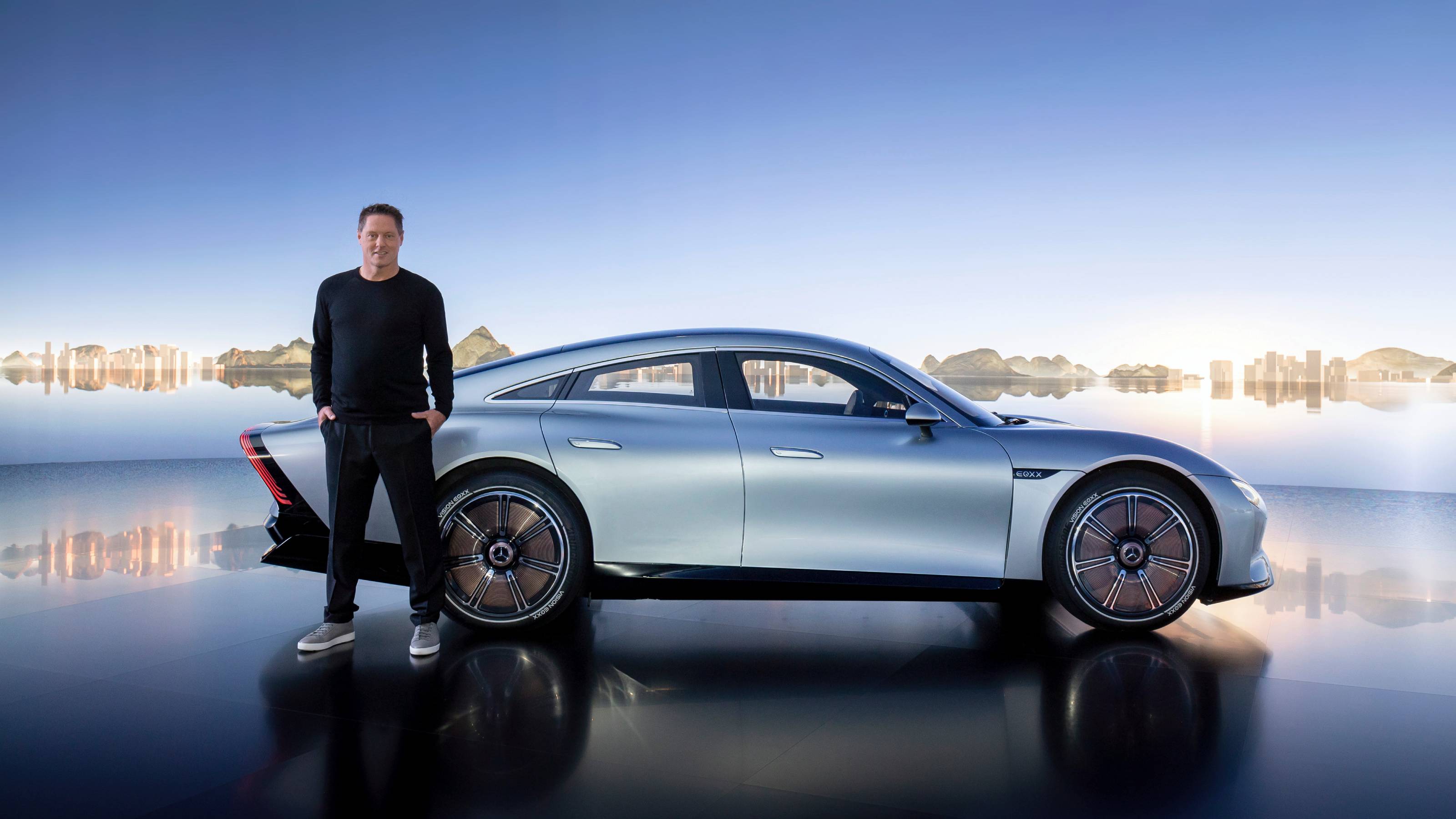 Gorden Wagener leaves the helm of Mercedes-Benz design after 28 years with the company
Gorden Wagener leaves the helm of Mercedes-Benz design after 28 years with the companyThe German designer is stepping down from the role of chief design officer at Mercedes-Benz. We look back at his influence and impact on the world of automotive and luxury design
-
 These Christmas cards sent by 20th-century architects tell their own stories
These Christmas cards sent by 20th-century architects tell their own storiesHandcrafted holiday greetings reveal the personal side of architecture and design legends such as Charles and Ray Eames, Frank Lloyd Wright and Ludwig Mies van der Rohe